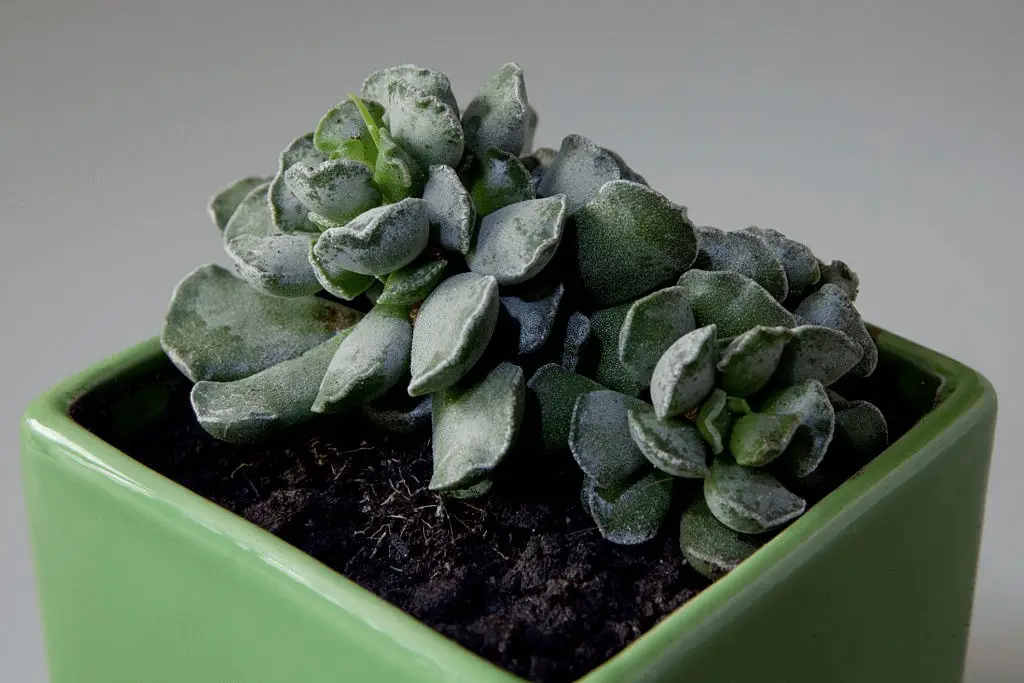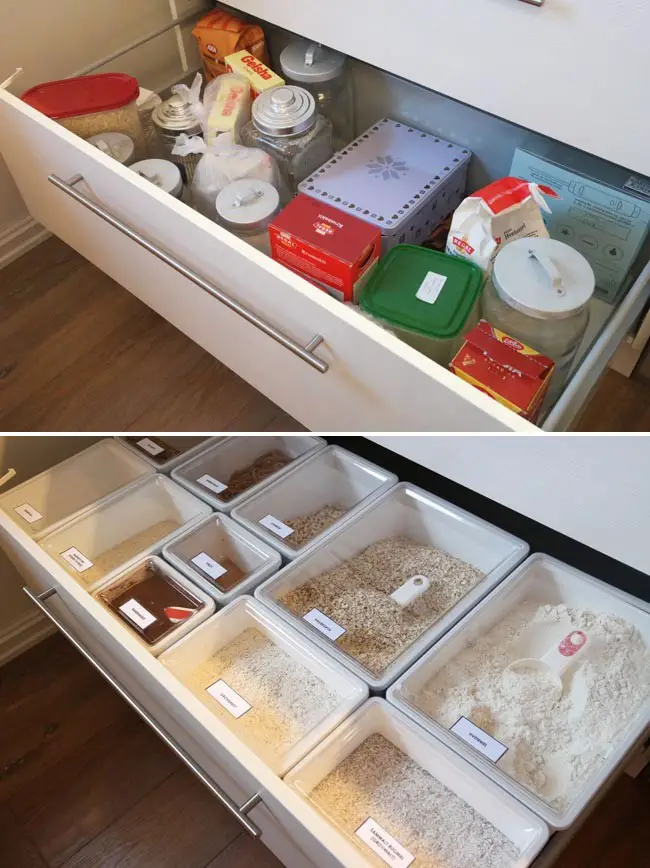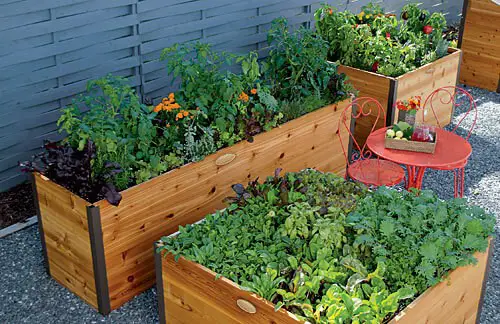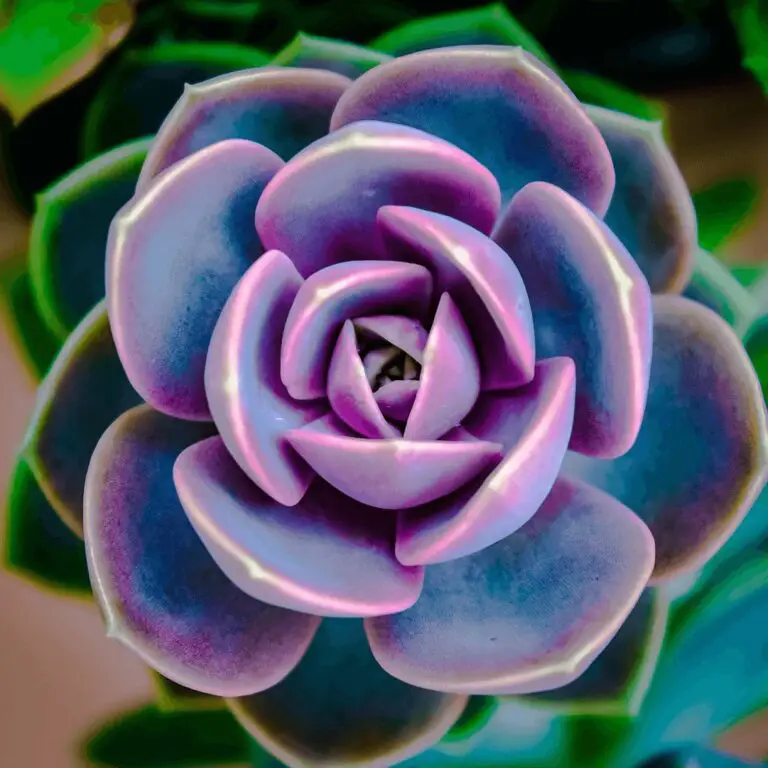Adromischus Cristatus Crinkle-Leaf Plant: Wiki, Growing, Caring
The Adromischus cristatus, also known as the Crinkle-Leaf Plant or Key Lime Pie, has gained widespread popularity in nurseries due to its unique characteristics. Its vibrant green and purple flowers, triangular pale green leaves, long stems, and slow growth cycle make it an attractive option for plant enthusiasts. This low-growing succulent produces small blooms and leaves, earning it a reputation for being relatively easy to care for.
One of the primary reasons for this plant’s enduring popularity is its hardiness. As long as you provide proper care, the Adromischus cristatus can thrive for many years. With minimal pruning requirements, this plant has become a favorite among succulent enthusiasts.
Quick Facts

The Crinkle-Leaf Plant is characterized by its striking appearance, boasting leaves that grow up to 5 centimeters or 2 inches in length and reach widths of approximately 2.5 centimeters or 1 inch. Notably, these leaves are covered in fine cilia or hairs, adding a unique texture to their undulating margins. The plant’s succulent nature is further accentuated by its branching structure.
The Key Lime Pie plant also boasts an impressive floral display, featuring tubular flowers with reddish-white coloring that can bloom on stems up to 20 centimeters or 8 inches in length. While the blossoms are certainly visually striking, it’s worth noting that the plant contains toxic compounds, posing a risk to both animals and humans.
Planting

#1. When to plant?
When it comes to planting a Key Lime Pie, timing is crucial. Ideally, you should aim to plant during the spring to fall seasons, taking into account your local climate zone. However, if you reside in an area with mild winters where temperatures don’t drop below 20°F (-6.7°C), you can plant year-round. For those experiencing colder winters, it’s essential to wait until the temperature reaches at least 50°F (10°C) before planting between December and February.
#2. Where to plant?
For individuals residing in areas with harsh winter conditions, it’s recommended to cultivate the Crinkle-Leaf Plant in a container that is situated indoors. This plant is not tolerant of cold temperatures and will likely perish if exposed to frost. On the other hand, the Key Lime Pie Plant thrives when planted in an area receiving at least 6 hours of direct sunlight per day.
Whether planting indoors or outdoors, placing it near a sunny window bay or utilizing supplemental lighting can help ensure optimal growth.
#3. How to plant
When it comes to propagating the Crinkle-Leaf Plant, you have three primary methods to choose from: leaf propagation, stem cutting, or sowing seeds. One of the most intriguing aspects of this succulent is its ability to thrive through leaf propagation alone. A single crinkle-edged leaf can give rise to a lush pot or garden full of plants simply by placing it against the side of a container with the base touching the compost.
For stem cuttings, follow the same process as for leaves, ensuring the nodes touch the soil. Seeds, on the other hand, require a slightly different approach. Prior to planting, ensure the surrounding temperature is warm enough. Then, sow the seeds in well-draining soil and avoid pressing them down; instead, simply cover them with a thin layer of sand.
Care

#1. Soil
When planting or transplanting this succulent, opt for a well-draining medium that’s specifically designed for cacti and succulents. This could be gritty compost or a pre-mixed cactus soil blend that combines sand with soil. The plant’s compact nature makes it low maintenance, as it can survive without frequent pruning or watering. In fact, it’s surprisingly resilient to dry conditions and can even thrive in environments with relatively low humidity.
#2. Light & Temperature
This succulent thrives in various environments with full to partial sunlight exposure. If grown indoors, ensure it receives adequate sunlight. The ideal temperature range for this succulent is 50°F (10°C), making it suitable for room temperatures and slightly cooler conditions as long as frost is not present. Its hardiness zones according to the USDA are 9b to 10b, which translates to a survival range of 25°F to 40°F (-3.9°C to 4.4°C) or even lower temperatures without frost.
#3. Water & Humidity
When tending to your plant, employ the ‘soak and dry’ approach for optimal hydration. This means only watering when the soil is thoroughly dry to the touch. Be cautious not to overwater, as this can lead to a range of issues including rotting or root rot. As an added layer of caution, scale back on watering during winter months when the plant’s growth tends to slow down even further.
#4. Fertilizer
When the seasons change to spring and summer, a diluted liquid fertilizer is the perfect way to nourish your succulent. On the other hand, refrain from providing any additional sustenance during the winter months, allowing your plant to naturally recharge. As for autumn, take this opportunity to let your succulent make the most of the nutrient-rich food it received during the previous two seasons, and let it thrive under its own natural rhythm.
#5. Propagation
This species has a unique growth habit that allows it to thrive through various propagation methods. Stem cuttings, leaf planting, and seeds can all be used to cultivate new plants. However, some variants of this species are notoriously finicky about dropping their leaves, making it challenging to grow large specimens from these leaf-cuttings. When opting for seed-based propagation, it’s essential to provide warm temperatures or utilize a seed warmer and grow light.
Germination rates can vary depending on the location, but in general, seeds take several weeks longer to sprout than stem cuttings. This is an important consideration for growers who are looking to optimize their results.
#6. Pruning
While succulents are often associated with minimal care, this particular variety requires very little maintenance. Unlike some species that need constant pruning to maintain their shape, this one can thrive without any trimming at all. Its natural size is surprisingly compact, reaching only about 5 centimeters (2 inches) in length and up to 2.5 centimeters (1 inch) in width, making it a great option for those who want a low-fuss plant.
Problems

Growing Problems & Diseases
One of the most common pitfalls when caring for this succulent is the risk of root rot, which can be caused by overwatering or excessive moisture. To avoid this issue, it’s essential to ensure the soil has a chance to fully drain and dry out before re-watering your plant. This simple yet crucial step can help prevent the roots from becoming waterlogged and reduce the likelihood of root rot developing.
Pests
When it comes to common pests threatening the Key Lime Pie, mealybugs and vine weevils are often the culprits. To safeguard your plant against these unwanted eaters, consider employing systemic insecticides as a proactive measure. Alternatively, you can try using rubbing alcohol to repel the insects. Simply dip a cotton swab in the solution and gently rub it on the plant’s surfaces, making it less appealing for the bugs to target it.
FAQs

#1. Where did the Crinkle-Leaf Plant come from?
The Crinkle-Leaf Plant, Adromischus cristatus, is endemic to the Eastern Cape of South Africa. As such, it shares similar traits with other succulents from the region. It exhibits vulnerability to frost and over-watering but demonstrates remarkable resilience in the face of scorching summer sun and abundant light. While it can tolerate sporadic watering due to its adaptation to hot temperatures, it remains sensitive to extreme cold, making snowy winters a significant challenge for this plant.
#2. What are the names that Crinkle-Leaf Plant known for?
The Crinkle-Leaf Plant, scientifically known as Adromischus cristatus, also goes by the aliases Key Lime Pie and Cotyledon Cristata. Its unique characteristic is the pale green leaves with a crinkly texture that bears a striking resemblance to the ridges found on the edge of a classic key lime pie.
#3. How do you make the Crinkle-Leaf Plant blossom with flowers?
Spring is a pivotal moment for plants, as they burst forth into bloom. Yet, achieving the perfect harmony between temperature, soil, and sunlight conditions to stimulate flower formation can be a delicate balancing act. One plant that exemplifies this is a late bloomer that only produces flowers when it receives an influx of warmth during the winter months. Its tiny, tube-shaped blooms are devoid of fragrance but boast a striking white hue with subtle hints of red.
Photos of Adromischus cristatus ‘Crinkle-Leaf Plant’




Related Posts
When it comes to cultivating a lush and thriving succulent collection, attention to detail is key. With so many unique species to explore, it’s easy to get caught up in the excitement of discovering new varieties. In this regard, understanding the specific needs of individual plants can make all the difference between success and disappointment.
For instance, String of Pearls plants require a certain level of care to truly flourish, while Peperomia Graveolens ‘Ruby Glow’ demands its own set of unique conditions. Meanwhile, Rhipsalis cereuscula (Coral Cactus) presents a distinct challenge when it comes to potting and maintenance. Additionally, the art of planting succulents in containers without drainage requires a careful balance between water retention and proper soil aeration.
And let’s not forget the String of Dolphins (Senecio peregrinus), which necessitates its own set of specialized care strategies. By taking the time to learn about each plant’s specific needs, you’ll be well on your way to establishing a succulent collection that truly shines.






